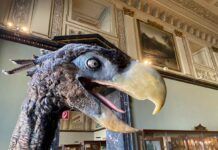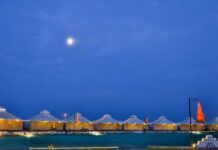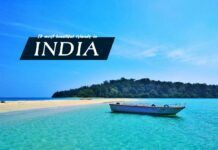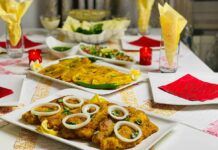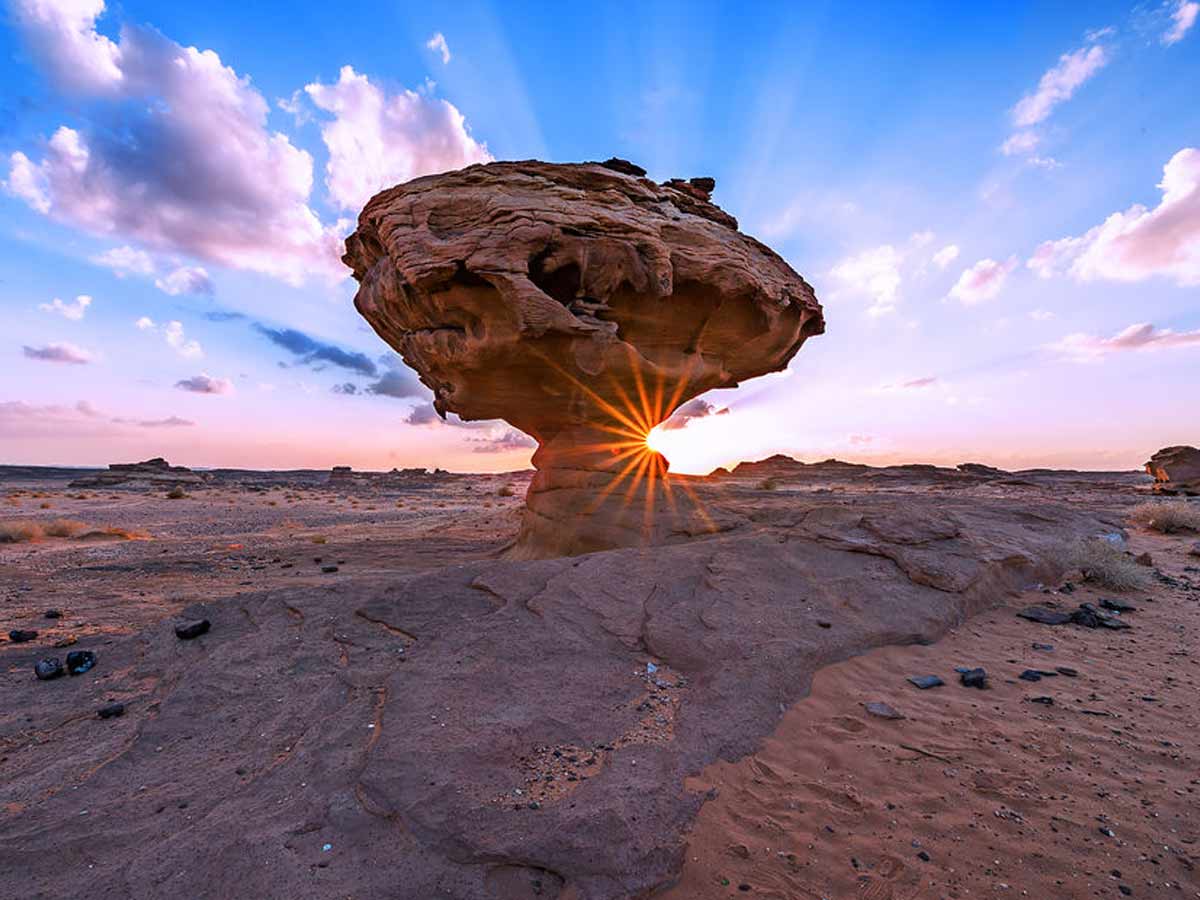Vladivostok is Russia’s biggest city and the administrative centre of Primorsky Krai. The city is located around the Golden Horn Bay on the Sea of Japan, spanning an area of 331.16 square kilometres (127.86 square miles). It has a population of 606,561 inhabitants, with an urban agglomeration of 812,319 persons. After Khabarovsk, Vladivostok is the second-largest city in the Far Eastern Federal District in the Russian Far East. As a Russian military outpost, the city was formed in 1860. After the city became the primary Russian naval base on the Pacific Ocean in 1872, Vladivostok flourished.
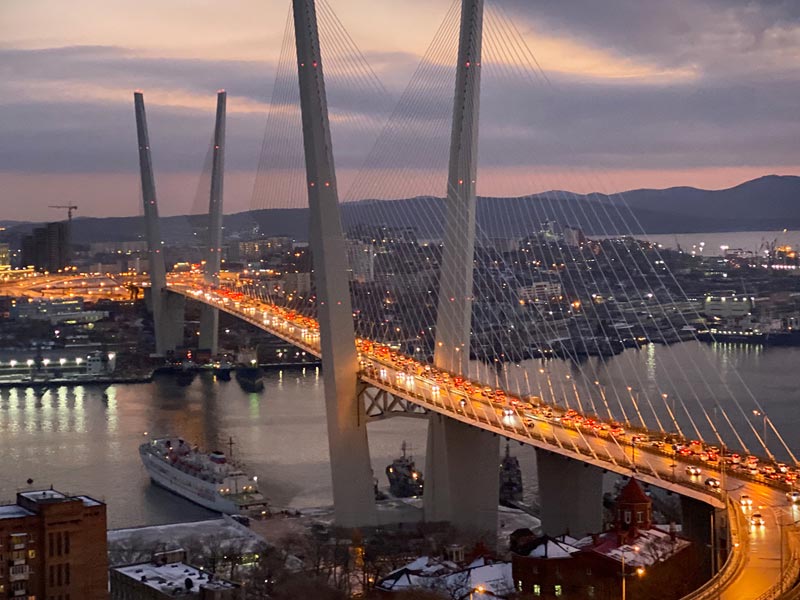
Vladivostok is the biggest Russian port on the Pacific Ocean and the main economic, scientific, and cultural hub of Russia’s Far East and an important tourist destination in Russia. In 2017, nearly three million visitors visited the city as the Trans-Siberian Railway endpoint. The city serves as the administrative hub of the Far Eastern Federal District and is home to the Russian Navy’s Pacific Fleet headquarters.
The city is known as “Europe in the Orient” because of its unusual geographical position and Russian culture. In Vladivostok, several international consulates and enterprises maintain offices. Vladivostok has a chilly climate for its mid-latitude coastal location, with an annual mean temperature of roughly 5°C (41 °F).
Vladivostok has a unique, distant location in the Russian Federation: you can travel to Tokyo in about three hours, yet Moscow is over nine hours away by plane. Today, this port on the Sea of Japan, formerly known as the Wild East due to its reputation as a mafia hotspot, has attractions such as the Zarya Centre for Contemporary Art and the S-56 Submarine Museum.
Vladivostok is a popular destination for foreign business travellers and those disembarking from the Trans-Siberian Railway, which concludes here. It offers superb opera, funky modern art, fantastic food, and fascinating history. The following are the top things to do in the city.
Things to do and See in Vladivostok
Russian opera

The Russian Opera House in Vladivostok attracts attention with its steel, glass, and sharp angles. It’s effectively a cube within a cube with glass sides, and it was built for the Asia-Pacific Economic Cooperation Summit in 2012. Step inside and ready to be amazed: the venue features three stages: the main hall, the tiny stage, and the summer stage, which is open from late spring until early fall. Visit the Far East’s finest contemporary theatre and immerse yourself in its culture with old opera, ballet classics, and stunning symphonies.
Enjoy Traditional Russian cuisine.

Escape the cold weather by dining on traditional Russian fares such as beet-rich borscht, handmade pelmeni dumplings in chicken-and-vegetable soup, or varenyky (potato- and fried-onion-stuffed Ukrainian dumplings). The basement is a terrific place to unwind, with exposed pipes, dangling wooden kitchenware, and hanging baskets channel industrial and rustic influences. Finish with a cup of steaming hot tea from a classic samovar.
Fish market tour

Sportivnaya Market, Vladivostok’s largest market and a long-time favourite among residents, sells the greatest pescatarian products in town. You may frequently get the freshest fruit directly from the folks who netted it, and the fish and shellfish are prepared on the spot. Order plenty of Kamchatka crabs, king prawns, or little crayfish, and eat them right away on chairs facing the water. After you’ve had your fill, continue exploring — this may be a food market, but you’ll find everything from CDs and DVDs to housewares, clothing, and toys.
Also Read, Olkhon: 6 Reasons to Adore this Beauty in Siberia
Ride the Funicular

Despite being over 60 years old, Vladivostok’s time-honoured transportation quirk continues to draw tourists. It was erected in 1962, when then-President Nikita Khrushchev, returning from a trip to the United States, saw Vladivostok’s potential as the USSR’s San Francisco. The only one of its type in Russia, except a smaller one in Sochi, the funicular is an important public service – however, if you’re here as a tourist, you won’t regret jumping onboard.
The ride is short but inexpensive and travels through the gorgeous landscape. You disembark directly next to the main observation platform on Eagle’s Nest Hill, which provides a breathtaking panorama.
Eagle’s nest hill

Eagle’s Nest Hill, a high point in downtown Vladivostok, offers the best, most jaw-dropping metropolitan vistas. Part of the Sikhote-Alin Mountains range is an extinct volcano that sprouts a remarkable television tower and radio-transmitting hub. You can take the funicular or trek up the hill — there are around 370 steps, known locally as the health stairs – but the views of Vladivostok are breathtaking, looking out over the gleaming Golden Horn (Zolotoy Rog) Bay and the Sea of Japan.
Russian banya
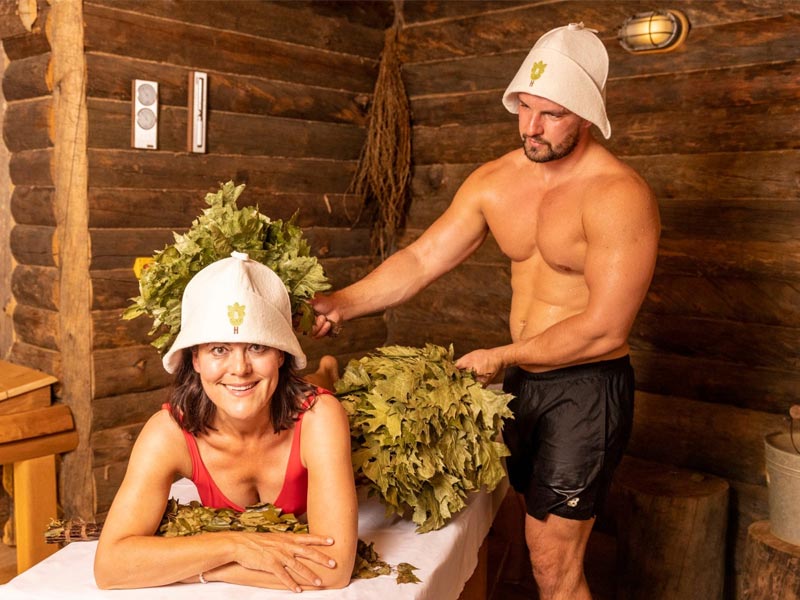
A traditional Russian banya session is energising and memorable. There are timber sauna huts of varied sizes directly on the beach at Banya More. The temperature extremes distinguish the Russian steam bath experience — furnace hot to get you sweating, followed by cold to get your pulse pumping. The best part is the best part of the mild, aromatic beating administered by the staff, utilising bunches of eucalyptus, birch, and oak, which exude aromatic oils.
Russky Island Bridge

Vladivostok erected two historic bridges in preparation for the 2012 Asia-Pacific Economic Cooperation Summit. The Russky Island Bridge, the world’s longest cable-stayed bridge, spans 3,100 metres and connects mainland Vladivostok with Russky Island. The suspension cables are white, red, and blue, honouring the Russian Federation’s flag. Russky Bridge is sometimes compared to San Francisco’s picture-perfect Golden Gate Bridge, but it’s a stunning marvel of civil engineering visible from practically everywhere in Vladivostok.


















